I am analyzing chess games in python and am trying to generate a histogram of number of moves per game. The goal is to obtain something similar to this visualization, where there seems to be on average 70 moves per game:
Currently I have an unordered dict:
{'106': 38,
'100': 46,
'65': 58,
'57': 47,
'54': 31,
'112': 29,
'93': 35,
'91': 44,
...
'109': 35,
'51': 26}
where the keys denote number of moves, and values denote number of games.
I am finding it stupidly difficult to extract the dictionary data for plotting the histogram. I have tried extracting to a dataframe but am unable to get it in a matplotlib/seaborn readable format.


